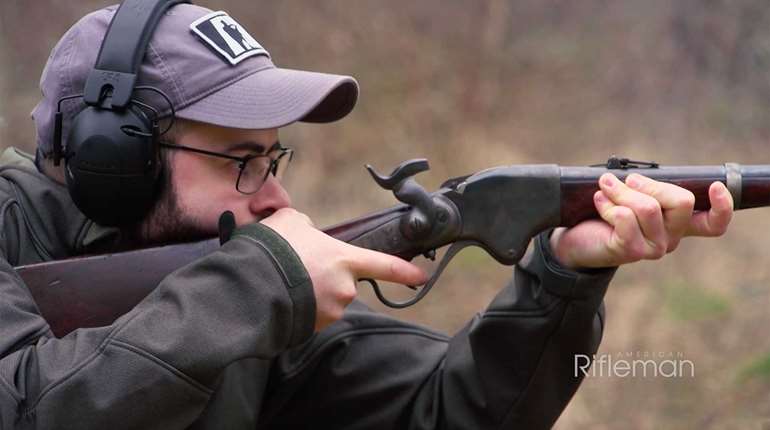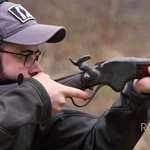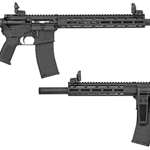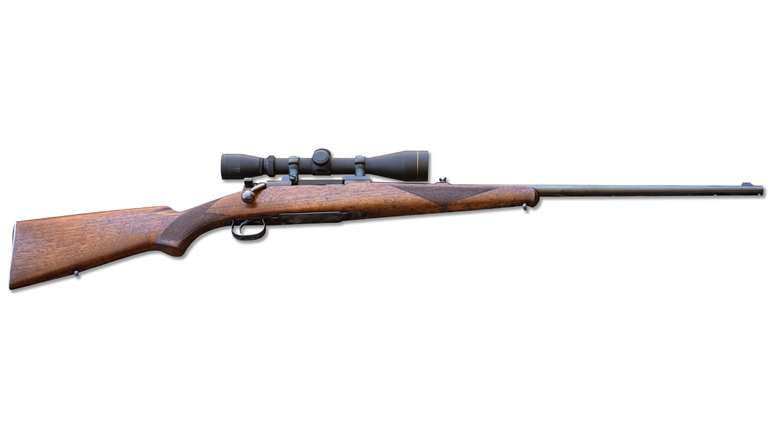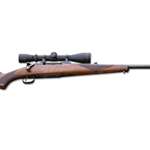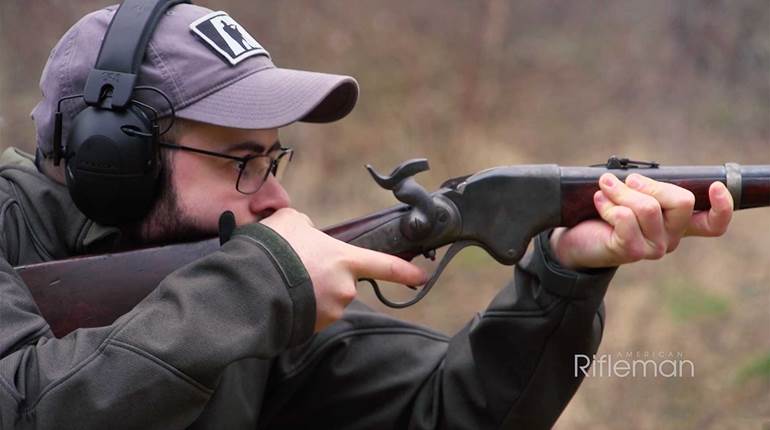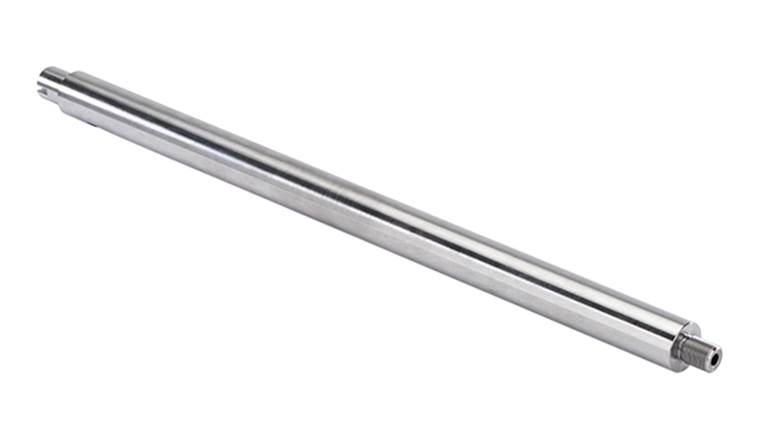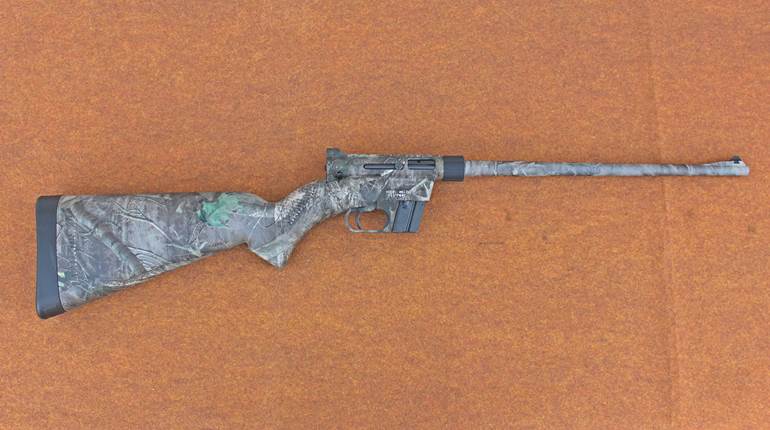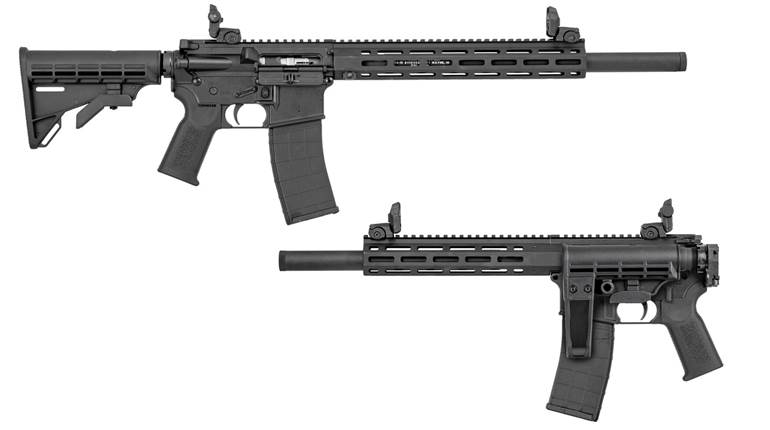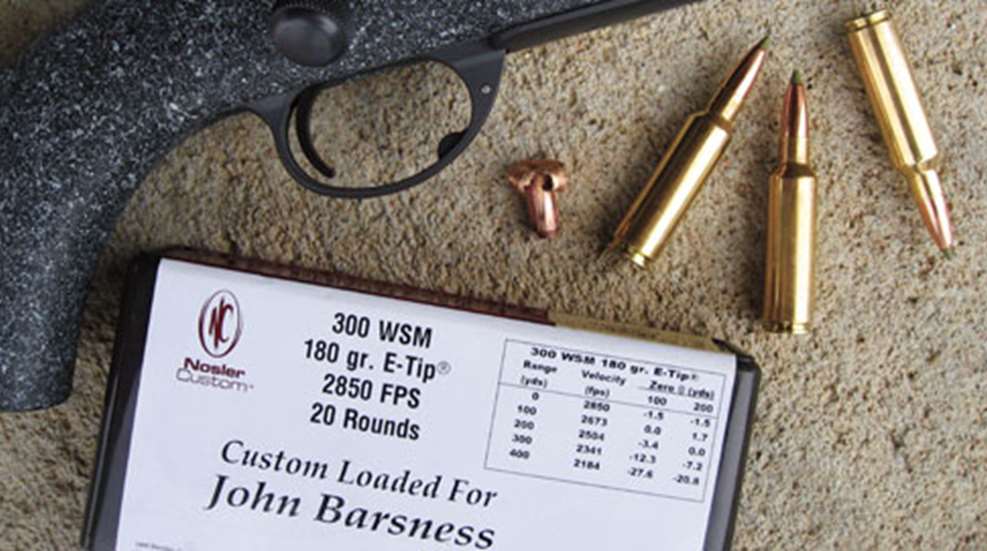
Back when I was a college student who spent as much time hunting and fishing as attending class at the University of Montana, one of my hunting mentors told me not to use my .270 Win. “The .270 is too fast for timber huntin’. The bullets zip right through before they can open up!” I knew there was something screwy about this theory, but I didn’t dare argue with it.
Today, of course, sophisticated hunters know that some bullets open up faster than others, the reason some bullets are more effective on prairie dogs and others more effective on elk. These hunters are just as wrong as my old elk-hunting buddy. The truth is that almost all hunting bullets expand completely by the time they penetrate their own length. This has been proven by high-speed photography and by ballistic media that retain the shape of the hole created by the bullet’s impact. The biggest hole made by a typical hunting bullet is immediately after it enters, not several inches beyond. Some hunters might argue that various ballistic media aren’t “reality.” C’mon, guys. Most meat damage on a deer occurs around the entrance hole, not on the far side of the animal.
It’s true that some bullets expand less violently than others. This can create the impression that they’re opening more slowly, but the difference lies in how much the bullet fragments upon expanding. The clearest example of this is the “varmint” bullet that disintegrates in order to kill small pests instantaneously. At the other extreme is a heavy-duty, big-game bullet designed to retain most of its weight. The first creates a huge hole immediately upon impact. The second makes a smaller hole upon impact, then continues onward, creating a narrow, long “wound channel.”
Big-game bullets often punch through the hide on the far side, sometimes leaving an exit hole not much bigger than the entrance hole. Many hunters take this small exit hole as evidence that the bullet didn’t expand at all—which makes me wonder if they actually field-dress the animals they shoot, since damage inside the chest makes it obvious the bullet expanded.
I first became suspicious about the “slow-expanding” bullet theory about a decade ago when using a High Wall single-shot rifle in .30-40 Krag to shoot prairie dogs. I’d planned to hunt deer with that rifle, using a tang-mounted rear aperture and gold bead front sight, so I took it prairie dogging with some 180-grain Winchester Power-Point handloads. My companions found this amusing until just before noon when a prairie dog stood up around 200 yards away. I held the top of the bead on the varmint and shot. It tipped over, and when we investigated we found a small hole in its chest where the bullet had entered—and a 3/4-inch hole in its back, where the expanded bullet had exited. The reason the animal didn’t come apart like those shot with .22-.250 Rems. is that the tougher bullet from the .30-40 didn’t disintegrateᰬbut it still expanded, and obviously quickly.
There’s one exception to this bullet behavior, the Berger Very Low Drag (VLD) bullet. Several years ago a few hunters started using these thin-jacket, soft-core “target” bullets to hunt deer and other big game. The VLDs did not disintegrate immediately upon striking animals, but inside them. In fact their entrance hole looked like it was poked by a knitting needle. How could this be?
Hunting bullets expand because their front end is weakened. Sometimes this is accomplished with a hole in the front end (making a “hollow-point”) and sometimes by leaving the lead core exposed (“soft-point”). Both can be further weakened by longitudinal cuts. The front end collapses outward (“mushrooms”) when the bullet strikes an animal.
In theory a hollow-point bullet opens when the cavity is forced wider by fluid or flesh. I am not so sure about this, because my favorite “tough” bullet test is a stack of dry newspapers. Even relatively hard hollow-points like Barnes X-Bullets will open up in fluid-free newspaper.
Also, I’ve tried poking the tip of a small safety pin into the hollow-point of a 168-grain 7 mm VLD and the pin simply stopped. In effect there is no hole in the tip of a VLD. The jacket, however, is extremely thin, and the tip of the bullet extends beyond the lead core, so the tip itself is hollow. Apparently the long, sharp ogive allows a VLD to pierce the hide, plus an inch or two of tissue beyond it, before the thin jacket collapses and the bullet upsets violently. This has since been demonstrated thousands of times not only in test media but game animals. In fact it normally works even when the bullet impacts light bone. The Berger VLD is among the quickest-killing deer bullets around because it disintegrates inside an animal, opening more slowly than standard big-game bullets.
The odd thing is that Berger recently introduced a heavier-jacket version, though not for hunting. In some target rifles the original, thin-jacketed version didn’t hold up, especially when shot from cut-rifled barrels. So the thick-jacket version of the VLD is the “target” bullet, and the thin-jacket VLD the “hunting” bullet. Obviously this goes against the “rules” of big-game bullet behavior that every hunter knows.
This isn’t because the hunter in question has actually studied the subject, but because he heard stuff ’round the campfire or read it in magazines. Among other things, he’s been told that “shock” is a major factor in how expanding bullets work. When asked to explain shock the hunter in question often becomes irate, and responds with, “Everybody knows what shock is!” Maybe, maybe not. Let’s look up shock in an unabridged descendant of Noah Webster’s dictionary. It turns out there are a bunch of shocks, including sheaves of grain, the physiological effect of an electric current and being startled, as in “the rebuke came as a shock.” Obviously those don’t apply, since hunters don’t zap deer with 110 AC, slap them with a wheat-whip, or rebuke them into the freezer. The definitions that could apply are:
- 1.) A sudden and violent blow or impact; collision.
- 2.) Pathology: A collapse of circulatory function, caused by severe injury, blood loss, or disease, and characterized by pallor, sweating, weak pulse and very low blood pressure.
Many hunters take the first definition. They think that a bullet hits so hard that a deer is shocked into unconsciousness, like a movie bad guy being lifted off his feet by a shotgun blast. Often kinetic energy is quoted, as in “the bullet hit with 2,000 ft.-lbs. of force.” Sometimes this is even turned into “a ton of energy,” conjuring images of a Hollywood car chase.
This sounds good, but a 2,000-pound compact car going 60 m.p.h. (88 fps) develops around 240,000 ft.-lbs. of kinetic energy, almost 100 times as much energy as a 180-grain .30-’06 Sprg. bullet retains at 100 yards. The car’s energy will lift a deer off its feet, but the bullet won’t.
In fact if a rifle bullet developed 240,000 ft.-lbs. of muzzle energy the rifle would slam its shooter to the ground, since the average hunter is about the same size as a mature whitetail buck. This is because of an old Newtonian rule of physics: Every action has an equal and opposite reaction. This is what we feel when a .30-’06 Sprg. recoils, the “equal and opposite reaction” to the bullet leaving the muzzle.
Actually our shoulder feels a little more than that, because part of a rifle’s recoil is the rocket effect of hot powder gas leaving the muzzle—which the deer doesn’t receive. Yet when firing a .30-’06 Sprg. we’re not slammed to the ground; instead our shoulder is pushed back an inch or two.
To demonstrate this lack of knock-down power I once built a “deer” out of a 3-foot-long wooden box and some 2x4s. When the box was filled with moist earth the deer weighed 150 pounds. I shot into the broadside box from 100 yards away, starting with .223 Rem., then .257 Roberts, .30-’06 Sprg., .338 Win. Mag. and, finally, the .416 Rem. Mag. The bullets were all stopped by the fake deer. The .416 seemed to rock the box a little, but the others didn’t move it, even slightly.
So why do bullets sometimes appear to “knock down” an animal? Most of the time this occurs because the animal was hit in the spine. It isn’t knocked down, but falls down because the spinal cord is severed. Sometimes, however, a bullet passes close enough to the spine to temporarily disrupt the nervous system, often by striking a rib or the “dorsal processes” on top of the vertebrae. If the bullet passes under the spine, through the lungs, the deer probably will go down and stay down, but if the bullet hits the top of the spine the deer may get up and run away.
A related theory is that a bullet that stays inside a deer expends all its energy, thus somehow “shocking” the deer more severely. Well, not exactly. Bullets that stay inside usually do so because they expanded widely. This slows them down quickly, due to resistance—but the wider bullet also creates a bigger hole in the deer’s vital organs. The bigger hole, not kinetic energy shocking the deer, kills quickly.
How much energy is “lost” when a bullet exits? This has been determined by setting up a chronograph on the far side of a block of media. Normally an exiting bullet is going less than 1000 fps—often less—and we can assume the same is true of a bullet that exits a deer. A 180-grain bullet from a .30-’06 Sprg. at 100 yards carries about 2,500 ft.-lbs. of kinetic energy. If the bullet retains two-thirds of its weight (120 grains) and exits at 1000 fps , it has 266 ft.-lbs. of energy. Subtract 266 from 2,500 and we find that more than 2,200 ft.-lbs. of energy was “dumped” inside the animal. This would seem to be sufficient.
This is also part of the reason why many bullets are found just under the hide on the far side of big-game animals. Fresh animal hide is fairly tough, somewhat elastic, and only lightly connected to the muscle underneath. Most expanded bullets are rounded into the classic lead-faced “mushroom,” so they can’t cut their way through the hide at vastly reduced velocity. Instead they tend to push the hide away from the muscle—until the hide stops stretching and snaps back.
This is the heart of another fallacy believed even by some experienced hunters, who reason that a bullet that doesn’t exit on broadside shots might not penetrate deeply enough on angling shots. This sounds logical, except that the inside of an animal’s chest is mostly lungs, the softest organs in an animal’s body, since they’re filled partly with air. A bullet that penetrates into the lungs will almost always keep going until it reaches something tougher.
My wife Eileen shot a Shiras moose as it quartered away at about 125 yards. The Partition entered the short ribs on the left side and ended up under the hide on the right shoulder, with more than 30 inches of penetration. It did not stop halfway there, even though we have found other 150-grain Partitions under the hide after they only penetrated 15 inches of broadside elk.
Some modern bullets open into four sharp “petals” rather than a rounded mushroom. These petals tend to cut through the hide instead of merely pushing, one reason bullets like the Barnes X-Bullet and Nosler E-Tip often exit.
Of course, X-Bullets and E-Tips retain more weight than most bullets, but many bullets that retain 90 percent of their weight don’t penetrate nearly as deeply. Frontal area is the primary factor in penetration, not retained weight. I once watched a hunting buddy shoot a 100-pound fallow deer with a 360-gr.ain.416 Woodleigh bullet, and the bullet stayed in the little deer. It was shot from a .416 wildcat at close to 2700 fps, somewhat faster than the muzzle velocity the bullet was designed for. It opened up to two and a half times its original diameter, so it didn’t penetrate very far even though it retained 90 percent of its weight.
Oh, and the big bullet did not knock the deer down, despite striking with over “two tons” of kinetic energy. Instead the deer stumbled a few yards before falling. It takes at least 10 seconds for blood pressure to drop after even a small “big-game” animal is hit in the chest, even with a heavy bullet. Expanding bullets work because they induce the medical kind of “shock,” causing blood pressure to drop by putting a hole in the vitals.
In the end it’s that simple.



















